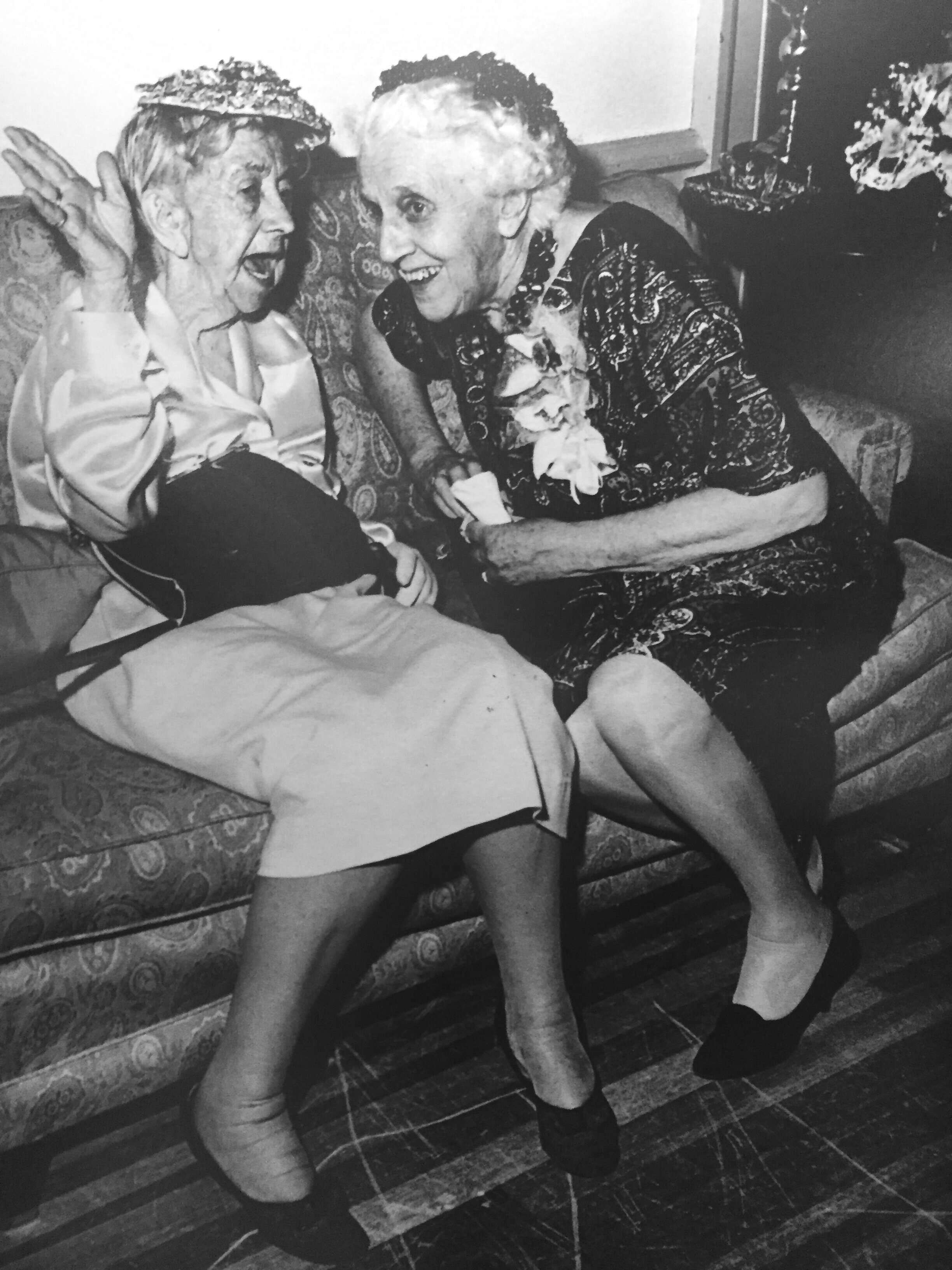
banter
Welcome to my archived blog, Banter.
I’ll start, you chime in—I really want to hear from you!
Context: the given circumstances
"Mastering the context is about understanding your place in the world. You have to understand the state of the world around you in order to enact change within the world and within yourself."
"The first step for any leader who wants to create a culture that generates intellectual capital is to understand the context of the organizational world we're living in today."
—Warren Bennis
As leaders, we absolutely must understand the context of the organization at that moment and the place of that organization in the larger context in order to lead with impact.
In theater, we call the context…Read on.
Physical Communication
Anyone here fallen asleep during a production of Hamlet? I may have…Certainly the text is pretty extraordinary. So why might someone be bored or not able to connect to this most human drama? Most likely be cause the story is only told verbally and not inhabited physically. There is no coherence between the words, the expression, the body, and the intention. And haven’t we all experienced the strange pit in our stomachs when someone’s words do not match their expression? Maybe they tell us that everything is “just fine,” while tears pour down their cheeks. Or that they are not angry, though their jaws are clenched tight. Or that they’re listening while scanning social media. When our physical communication is incongruent with our words, the other, the audience, the group, feels that tension. They hear one message and receive another.
Most of the time we communicate without words at all—just gestures, expressions, sighs…read on for ways to find congruence…
The Audience is Our Raison d’Etre
Why do we communicate?
Sometimes, admittedly, we speak just to have a sense of self, as Harriet Lerner reminds us in her wonderful book, The Dance of Anger (more on that in another post). Sometimes we speak out-loud to figure something out—think of Hamlet’s “to be or not to be” soliloquy. But most of the time, we communicate to ignite a give-and-take, to be in relationship with the other, the audience, friend, partner, team.
This week, include your audience, ask yourself…read on…
Other People’s Shoes: use your imagination to build empathy
In every part of my professional life, from actor to writer, from therapist and communication coach, I have had to practice the skill of putting myself firmly into a stranger’s shoes without judgement. I must see the world through their particular truths, stories, and experiences. When I find myself judging my character or client—if I just don’t like them, if I simply can’t put my own filters aside—then I can’t do the job. In fact, these are the characters and clients who have the most to teach me. It is a challenge of humility. And it is transformative.
This week, play with empathy by putting yourself without judgement into someone else’s shoes. Read on…
Let’s begin.
Sign-up for Weekly Presence Prompts
Weekly prompts for public speaking, virtual communication, personal presence, and skillful conversations.



